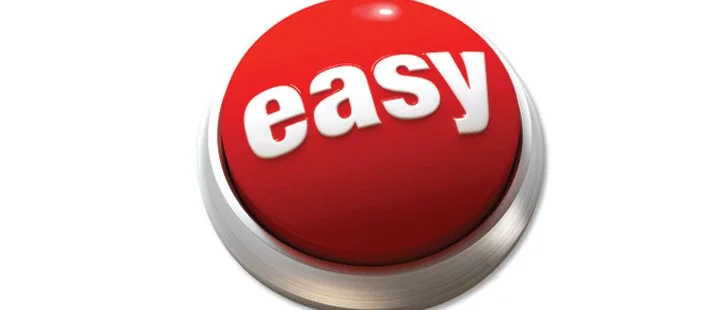Given the below, it is fantastic to see the U.S. recently signed into law clean energy and climate investments that will trim America’s emissions by ~1 billion metric tons by 2030
The last time Earth was at the current C02 levels was 2-5 million years ago when there were no humans on the planet, sea levels were 60-100 feet higher, and the planet was >10 degress warmer (F) than today
By 2050, the oceans could have more plastic than fish, and currently each one of us is breathing in or drinking micro plastics the size of a credit card each week
The area burned by wildfires each year appears to have increased since the 1980s
So when my <1.5 year old dehumidifier recently stopped working and I looked for a replacement, I was surprised to find the majority of portable dehumidifiers in the U.S. are only lasting a few years. They run out of freon and there is no way to recharge them. It seems these manufacturers are focused on selling as many dehumidifiers as they can without caring about the repercussions their product design / lifespan has on the planet. Why do I say this? Many of these dehumidifiers will end up in landfills or burned (for the towns whose trash goes to incinerators) because many consumers either lack the knowledge to take them to an electronic recycling event, or they would rather throw them out than take the time and effort to recycle them.
As change agents / leaders we’re frequently focused on continuously improving a product or service. As you think about the product or service you’re working on or responsible for, ask yourself the below questions and see how much is your product or service being designed with the environment in mind. If the answer is not much, what can you do to change this and further help the U.S. or your country reduce its carbon footprint (i.e. greenhouse gases generated by our actions)?





